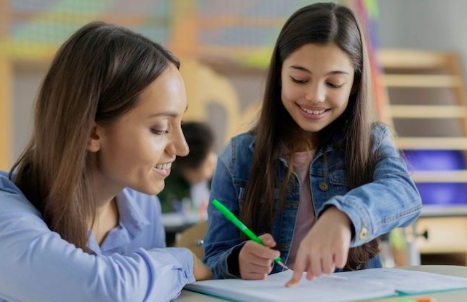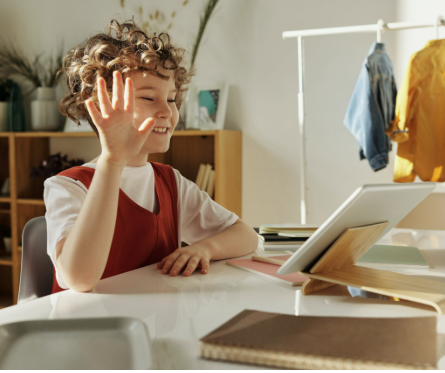Article:
As educational models continue to evolve, many schools and families are exploring how personalized learning compares to traditional education. In 2025, these two approaches offer distinct pathways for student success, each with its own strengths and challenges. Understanding the key differences can help educators, parents, and students make informed choices about how learning is delivered and experienced.
Defining the Approaches
Traditional education typically follows a standardized curriculum, with a teacher leading instruction and students progressing through material at the same pace. It often emphasizes group instruction, fixed schedules, and uniform assessments.
Personalized learning, on the other hand, tailors instruction to individual students’ needs, strengths, interests, and pace. It may incorporate digital tools, flexible timelines, and diverse learning pathways to create more student-centered experiences.
Instructional Flexibility
One of the most notable differences is how instruction is delivered. Traditional classrooms often rely on lectures and textbooks, with a focus on whole-class instruction. In personalized learning environments, students might engage in project-based learning, online modules, or one-on-one mentoring.
This flexibility allows students to move ahead when ready or revisit material for deeper understanding—offering a more customized learning journey.
Role of the Teacher
In traditional education, teachers are the central source of knowledge and direction. In personalized learning, teachers take on the role of facilitator or coach, guiding students through individualized learning paths and supporting them in setting and achieving personal goals.
This shift allows for more interaction, formative feedback, and mentorship, but also requires careful planning and adaptability from educators.
Use of Technology
While traditional classrooms may use technology as a supplementary tool, personalized learning often relies on it to track progress, deliver content, and support differentiation. Learning platforms and data analytics can provide real-time insights into student performance, helping educators make timely instructional decisions.
Assessment and Feedback
Traditional education typically relies on scheduled testing and letter grades to measure progress. Personalized learning emphasizes ongoing assessment, including self-evaluation, performance tasks, and portfolios. This continuous feedback helps students stay engaged and take greater ownership of their learning.
Student Engagement and Autonomy
Personalized learning encourages students to take an active role in their education. By setting personal goals and working at their own pace, students often develop greater motivation and independence. Traditional settings may offer more structure but can sometimes be less responsive to individual learning styles.
Conclusion
Both personalized learning and traditional education have important roles in today’s academic landscape. In 2025, the most effective learning environments often blend elements of both, adapting to student needs while maintaining academic rigor. By understanding the key differences, stakeholders can better support students in reaching their full potential through thoughtful, inclusive educational strategies.














